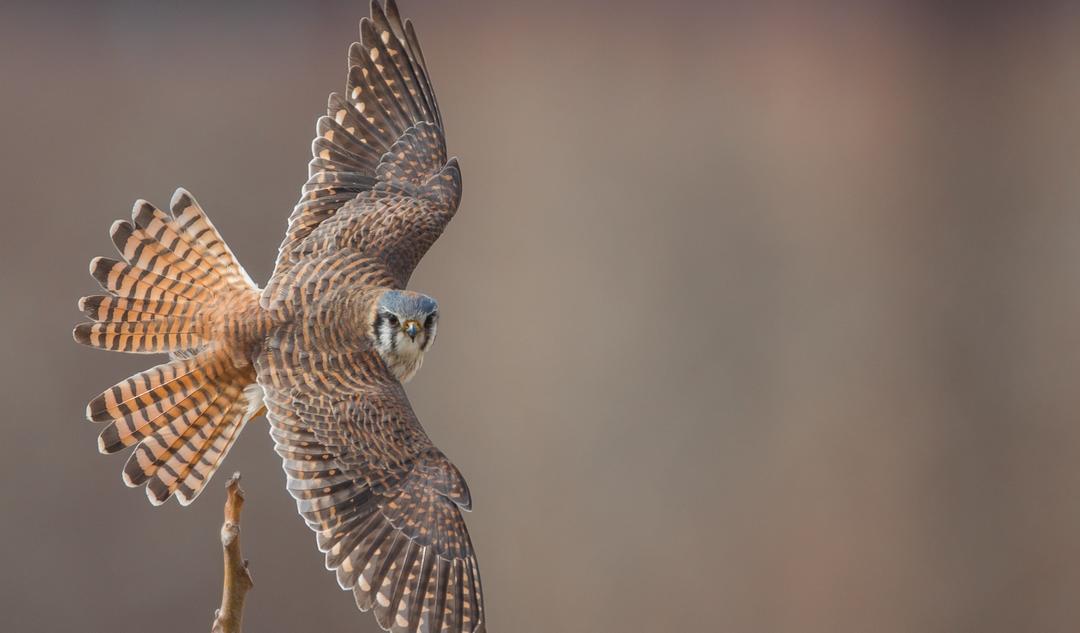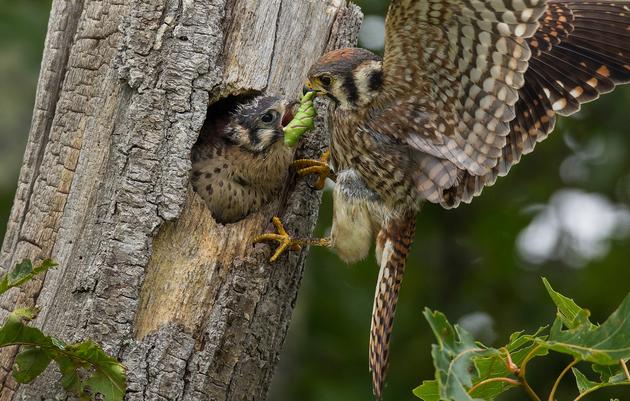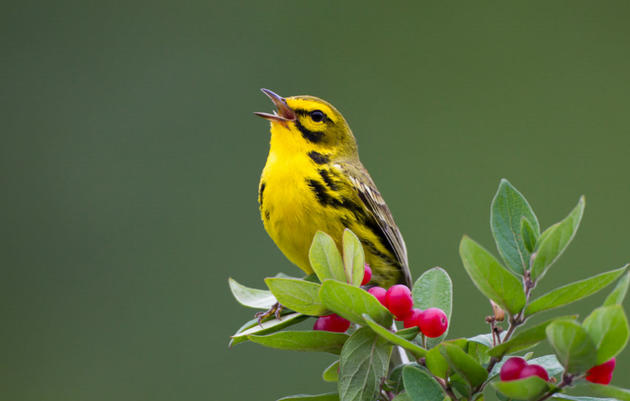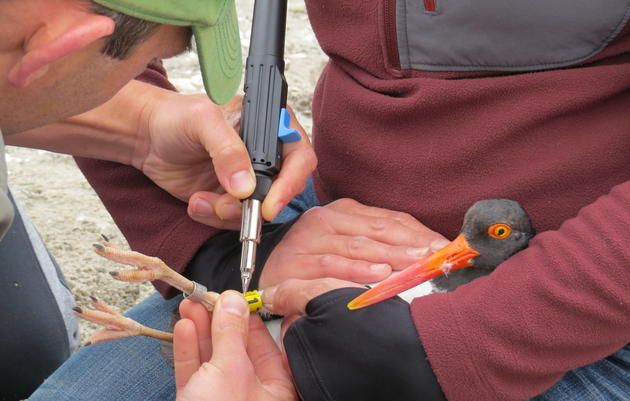AUGUST 2019 - Mike Dudek, Land Manager at Audubon Sharon, has just finished another busy season monitoring and banding American Kestrels and their nestlings. Over the next month, the kestrels in Connecticut—including 44 newly-banded local fledglings—will head south for the winter, some as far as Central America.
Throughout eastern North America, migration studies suggest American Kestrel populations are in a state of decline. In Connecticut, thanks to conservation efforts, it’s a different story.
The Necessity of Nest Boxes
The American Kestrel Nest Box Program of Northwest and North Central Connecticut began at the Miles Wildlife Sanctuary, (now part of Sharon Audubon Center), in 1977, and today includes more than 80 nest boxes, mounted and monitored throughout Northwest and North Central Connecticut in 26 towns. The program was started by former Audubon wildlife biologist Art Gingert. Today, Art still volunteers his time as project leader, and monitors nest boxes throughout Connecticut.
Invasive species such as European Starlings can encroach on the nesting spaces needed by kestrels. Loss of grasslands habitat is also a major concern: Connecticut State’s Department of Energy and Environmental Protection (DEEP) explains that “currently, with the disappearance of agriculture, along with the regrowth of forests and an increase in suburban development, open, grassy areas are in short supply. This change in Connecticut's landscape has caused many wildlife species that rely on open areas, including the kestrel, to experience long-term declines.”
Man-made nest boxes, carefully lined with nesting materials, mimic tree cavities and provide an optimal alternative.
It’s Not For the Faint of Heart
In March, before the kestrels return to Connecticut for the breeding season, Art and Mike will replace, repair and provide nesting material for last years’ nest boxes, as well as targeting new locations that suit this birds’ preferences—mostly large open fields/grassland habitat.
The installation and monitoring of these nest boxes is truly a labor of love. Ladders and supplies are carried to nesting sites through tall grass. Mike recalls one nest box that was positioned 32 feet high on the side of a silo—not everyone is comfortable making this kind of climb for a peek at birds! “It takes the right kind of volunteer, people who are passionate about falcons and also have the physical ability,” says Mike.
Despite these difficulties, the program does lend itself to community science. For many of the nest box sites, the landowners become involved where possible. For boxes on campus at the University of Connecticut, biology students are given the opportunity to help with monitoring.
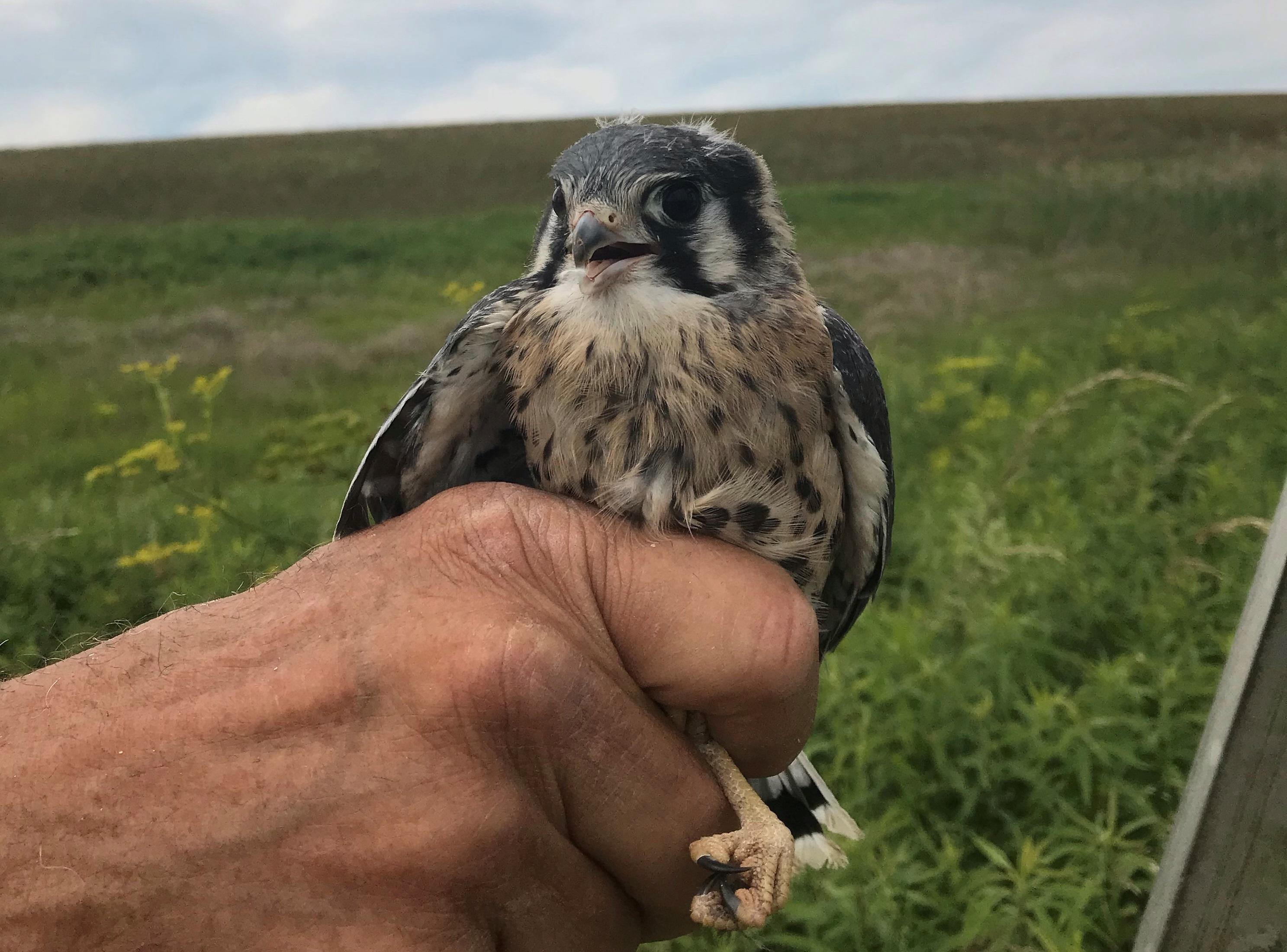
Banding to Make an Impact
In 2015, DEEP upgraded the status of the American Kestrel from “Threatened” to “Species of Special Concern.” The nest box project has been influential in maintaining the statewide population. Data from HawkWatch International and other organizations that track birds of prey shows that overall, kestrels are smaller and there are fewer of them. This could be attributed to loss of suitable nesting habitat, increased pesticide use affecting the kestrel’s food source, as well as climate change and other stressors.
By banding American Kestrel nestlings, Audubon Connecticut helps researchers study kestrel migration routes and population sizes, which in turn helps inform the ways we act to protect declining species. Participation in the American Kestrel Genoscape Project, (out of Boise State University), allows for feather sampling to analyze DNA and trace the birds back to their breeding grounds.
Mike leads Audubon Connecticut’s bird banding efforts as a licensed bander—“it’s all strictly regulated,” he says, “but it’s a great way to get people excited about bird conservation.” Funding for this program would allow this effort to continue well into the future.


